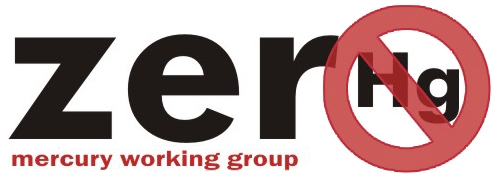Thiomersal and vaccines
Thiomersal (also known as thimerosal, mercurothiolate and sodium 2-ethylmercuriothio-benzoate) is a mercury-containing organic compound, which has been used since the 1930s as a preservative in some vaccines and other medical products to prevent potentially life-threatening contamination with bacteria and fungi during storage, and especially during use of opened multi-dose vials. It has also been used during vaccine production both to inactivate certain organisms and toxins and to maintain a sterile production line.
Many licensed vaccines do not contain thiomersal. Such vaccines include vaccines in single-dose presentation or vaccines for which thiomersal would interfere with vaccine efficacy such as live vaccines including measles, mumps and rubella (MMR), oral and inactivated polio, yellow fever and BCG vaccine.
Other vaccines may contain trace amounts of thiomersal (<0.5 μg per dose), if thiomersal has been used in the production process, but has not been added to the final product. A third group of vaccines have thiomersal added in varying concentrations (10 to 50 μg per dose) as a preservative to prevent contamination with microorganisms when formulated in multi-dose vials. Such vaccines include vaccines against diphtheria, tetanus and pertussis (DTP), diphtheria and tetanus toxoids (DT), tetanus toxoid (TT), hepatitis B, Haemophilus influenzae type b (Hib), and influenza (WHO, July 2006).
The mercury content in pharmaceuticals is typically at a level that they should be considered as hazardous medical waste and disposed of properly.
Relevant legislation and NGO policy work
Globally
The Minamata Convention on Mercury, under Article 4 requires that Each Party shall not allow, by taking appropriate measures, the manufacture, import or export of certain mercury-added products as listed in annex A. Vaccines containing thiomersal as preservatives. are excluded from this annex for the time being.
In recent years and in some countries, much progress has been made in removing or reducing thiomersal in these vaccines. These changes have been accomplished by reformulating products in single dose vials that do not contain a preservative. Howeve, single-dose vials require significantly larger cold storage space as well as increased transport needs, which is currently not feasible for many countries. For some vaccines, it is more cost effective to use multi-dose vials. The safety of thiomersal-containing vaccines is reviewed at regular intervals. The WHO immunization policy with respect to thiomersal containing vaccines remains (WHO, July 2006).
Many NGOs from around the world also follow this issue; in the US SafeMinds is one of them http://www.safeminds.org/

